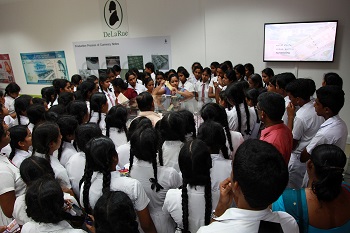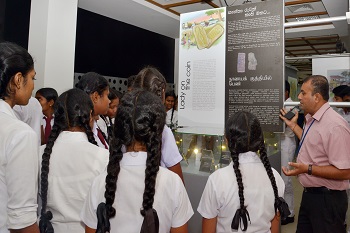The Economic History Museum of Sri Lanka
The Economic History Museum (EHM) of Sri Lanka is an initiative by the Central Bank of Sri Lanka (CBSL). It was established to provide present and future generations of the country with the knowledge about Sri Lanka’s rich and diverse economic journey right up to the present day.
At present, the main focus of the EHM is the Currency Museum which displays a wide range of exhibits from the evolution of currency in the world, through its usage in Sri Lanka which dates back to the 3rd Century BC, up to currency notes and coins as it is used today. Coins used during various eras of the country such as the Anurdhapura, Polonnaruwa, Kotte and Kandy kingdoms, currency used during the colonial rule of the country with a large collection from the British colonial period and notes and coins issued by the CBSL are attractively displayed. Special exhibits of the process of minting coins and printing currency notes are also on display with generous contributions by the bank note printer and coin mints. Self-learning tools to detect the security features of currency notes, videos on currency are also available. The EHM offers tours to school children and interested parties free of charge. The publications sales counter providing CBSL Publications to the public is open Monday to Friday (except Public and Bank holidays) from 9.00 a.m. to 3.00 p.m. The museum and currency sales counter providing commemorative coins etc. is open from 9.00 a.m. to 5.00 p.m. and is closed for the lunch break from 1.15 p.m. to 2.15 p.m.
The EHM is housed in the heart of Colombo at the Central Point Building No. 54 Chatham Street, Colombo 01. The building is rich in history and was first opened to the general public in 1914, and was then the tallest building in Colombo. It served as the office for the National Mutual Life Association of Australasia Limited, a global insurance company. This historic building is located next to the famous Clock Tower in Fort Colombo, which is considered the “Central Point” of the island’s road network.
 |
 |
A group of school students enthusiastically listens and observes the demonstrations done by Central Bank offciers about the security features of currency notes and historical coins in Sri Lanka.
|
|










